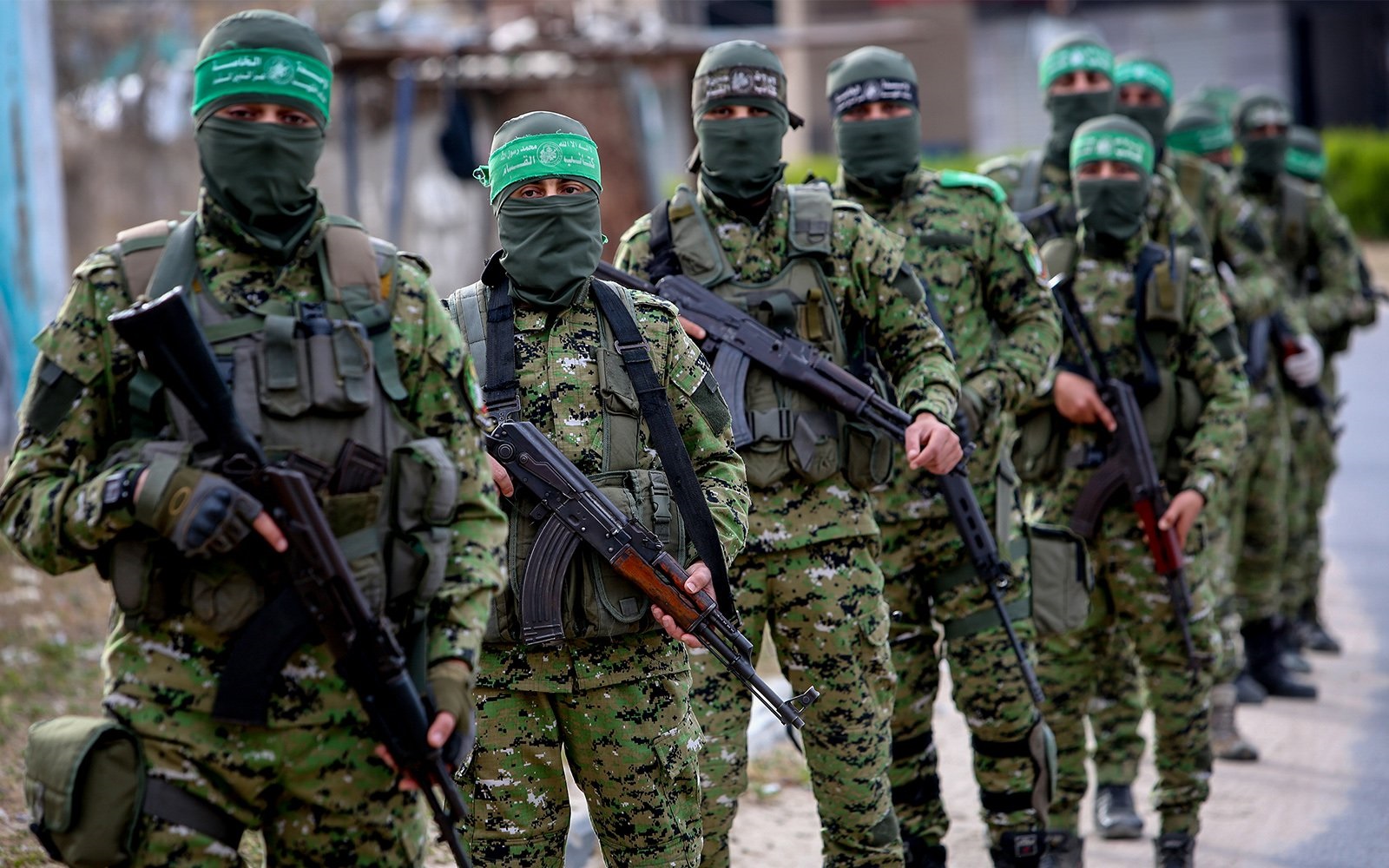Last month, a new United Nations Commission of Inquiry released its first report on human rights violations committed by Israelis and Palestinians. While the report condemns Israel for having “no intention of ending the occupation” and “having clear policies for ensuring complete control over the Occupied Palestinian Territory,” the authors make no serious attempt to document war crimes committed by Hamas-led militant organizations, such as the use of human shields and child soldiers.
This is not just an oversight. I know from experience that UN investigators have difficulty processing information that points toward misconduct by Palestinian armed factions.
Four years ago, a UN team investigating the violent 2018-2019 Gaza protests interviewed me to discuss my research. The team was looking at the role of Palestinian militant organizations in fomenting the unrest, commonly known as the Great March of Return.
The lead investigator questioned me on a range of subjects related to the riots, such as how I obtained evidence of terrorist activity at the Gaza border and my opinion on how Palestinian militant organizations were involved in the Gaza protests. My evidence was derived from various open-source channels, and it was compelling: Hamas and like-minded militant groups such as Palestinian Islamic Jihad (PIJ) were orchestrating attacks at the security fence between Israel and Gaza under the guise of civilian protest.
The UN investigators conducted interviews with participants from both sides of the conflict, as well as independent analysts. They obtained thousands of documents. Yet their final report in 2019 said almost nothing about the role of Hamas and other militants in orchestrating riots that targeted Israeli troops and installations. Instead, the report focused on Israel’s responses without explaining that Hamas-led militant activity was largely responsible spurring the clashes.
The UN is now investigating again, and it is reverting to form. Last month’s report from the new Commission of Inquiry once again omits clear evidence of war crimes committed by Hamas and other Palestinian organizations during last year’s conflict in Gaza.
For example, Hamas admitted to using Palestinian civilians as human shields. In an interview conducted in December 2021, Abu Khaled, an English-speaking member of Hamas, acknowledged that the organization used tunnels built under civilian infrastructure to launch rockets against Israel. Khaled justified this illegal practice as the only way to “ensure a better future for our children.”
Furthermore, Hamas and other militant groups have been careful to edit out civilian infrastructure that might otherwise be visible in their propaganda videos. Generally, these type of publications show rockets hurtling towards their target without revealing the site of the launch. However, other publications recorded by Gaza residents clearly demonstrate that Palestinian militant groups built and used rocket sites adjacent to civilian infrastructure. In one case during the 2021 conflict, the United Nations Relief Works Agency (UNRWA) discovered a tunnel shaft used by Palestinian militants under one of its facilities.
The UN report also makes no mention of Palestinian militant groups’ employment of minors as foot soldiers. During the 2021 conflict, Khaled al-Qanoua, a 17-year-old member of Mujahideen Brigades, a U.S.-designated foreign terrorist organization, was killed fighting against Israeli forces. According to a statement by Mujahideen Brigades, Qanoua died while “performing the duty of jihad.”
The lack of reporting on Qanuoa is not an isolated incident. On May 11, 2021, thirteen-year-old Muhammed Suleiman and his father, Ibrahim Suleiman, a Hamas commander, were killed during the Israel-Gaza conflict. A report by The Meir Amit Intelligence and Terrorism Information Center published evidence showing Muhammed was a member of Hamas’s military wing.
The UN’s 2019 report made similar omissions. It listed Palestinian minors who lost their lives but failed to mention their membership in terrorist organizations. For example, Ahmed al-Shaar, a member of Palestinian Islamic Jihad, was listed on that organization’s website as one of its members killed by Israel during the violence in 2018, but the UN’s report did not note his membership in a militant group.
The Committee of Inquiry established by the UN’s Human Rights Council must do a better job of including key facts that are publicly available on Hamas-led militant organizations. Adding a recognized expert on Palestinian militancy could mitigate potential oversights and would further add credibility to the UN’s reports on the Israeli-Palestinian conflict.
The UN cannot be expected to publish a complete report on the Israeli-Palestinian conflict if specific information about major actors in the conflict, in this case, Hamas-led militant groups, is lacking detail.
Joe Truzman is a research analyst at the Long War Journal, a project of the Foundation for Defense of Democracies, a nonpartisan research institute. Follow Joe on Twitter @JoeTruzman.

